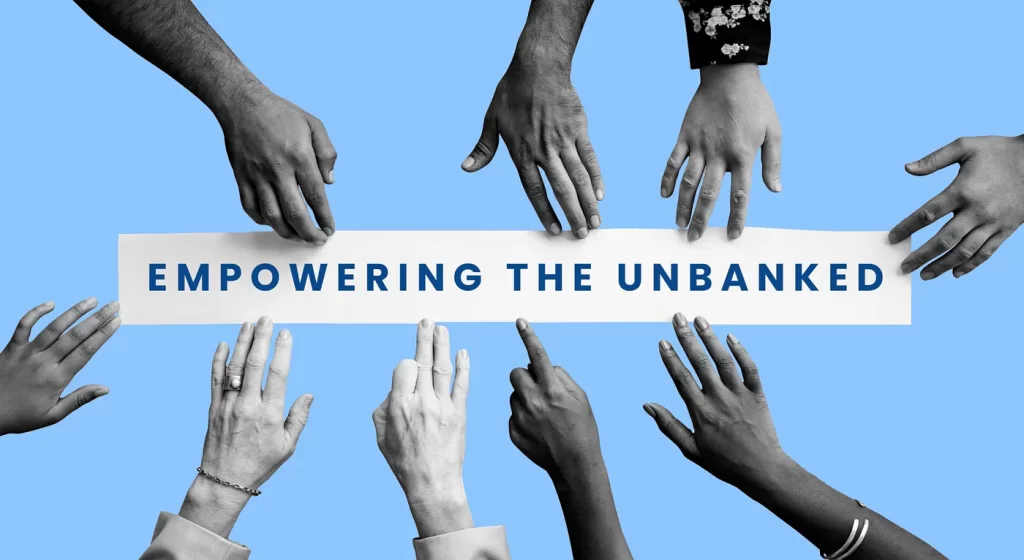India, with its vast and diverse population, has made significant strides in the realm of digital payments in recent years. However, a considerable segment of the population still remains unbanked or underbanked, primarily due to limited access to financial services. Offline digital payments have emerged as a promising solution to bridge this gap, fostering financial inclusion and empowering individuals who have been on the fringes of the formal financial system.
Understanding Financial Inclusion
Financial inclusion is a multifaceted concept that goes beyond merely having a bank account. It encompasses access to a range of financial services, including savings, credit, insurance, and payment services. The goal is to provide individuals and businesses, particularly those in underserved and remote areas, with the tools and resources needed to participate fully in the economy.
Challenges to Financial Inclusion in India
Several challenges have historically hindered financial inclusion in India:
1. Limited Access to Banking Infrastructure: Many rural areas lack physical banking infrastructure, making it challenging for individuals to access basic financial services. The cost and effort required to establish brick-and-mortar branches in these areas have been significant barriers.
2. Low Financial Literacy: A significant portion of the population, particularly in rural and remote areas, lacks financial literacy. Understanding the nuances of traditional banking services can be a barrier to entry into the formal financial system.
3. Documentation Requirements: The documentation required to open a bank account can be a hurdle, especially for those who may not have the necessary identification papers. This often excludes a substantial portion of the population from mainstream financial services.
4. Technological Barriers: While the penetration of smartphones has increased, a considerable number of individuals still use feature phones or have limited access to the internet. This poses a challenge to the adoption of traditional digital payment solutions.
Offline Digital Payments: A Catalyst for Inclusion
Offline digital payments have emerged as a transformative force, overcoming many of the barriers to financial inclusion in India. These solutions leverage technology to enable transactions without the need for a continuous internet connection, making them particularly relevant in areas with intermittent connectivity. Let’s delve into the ways in which offline digital payments are contributing to financial inclusion.
1. Access Anytime, Anywhere: Offline digital payment solutions empower users to conduct transactions regardless of their location or the availability of internet connectivity. This is especially crucial in remote and rural areas where traditional banking infrastructure is limited.
2. Reduced Reliance on Physical Infrastructure: By eliminating the need for physical branches or ATMs, offline digital payments reduce the cost and logistical challenges associated with building and maintaining banking infrastructure. This is a game-changer for reaching unbanked populations in geographically dispersed regions.
3. Simplified User Experience: Offline payment methods are designed to be user-friendly, requiring minimal technical know-how. This simplicity is key in overcoming the barrier of low financial literacy, enabling individuals with varying levels of education to participate in the formal financial system.
4. Biometric Authentication: Leveraging biometric authentication methods, such as fingerprints or iris scans, offline digital payment solutions offer a secure and convenient way for individuals to access their financial accounts. This is particularly beneficial in areas where traditional identification documents may be scarce.
5. Financial Inclusion for Merchants: Offline digital payments extend beyond individual users, providing opportunities for small businesses and merchants. By accepting offline digital transactions, even in areas with intermittent internet connectivity, merchants can expand their customer base and participate more actively in the digital economy.
6. Government Initiatives: Recognizing the potential of digital payments to drive financial inclusion, the Indian government has launched initiatives like Aadhaar Pay and UPI (Unified Payments Interface). These initiatives leverage biometrics and mobile numbers to facilitate secure offline digital transactions.
7. Financial Products and Services: Offline digital payments pave the way for the delivery of a range of financial products and services to previously underserved populations. This includes access to credit, insurance, and savings products tailored to the unique needs of different segments of the population.
Challenges and Considerations
While offline digital payments hold immense promise for financial inclusion, certain challenges and considerations need to be addressed:
1. Security Concerns: Ensuring the security of offline transactions, especially in areas with limited connectivity, is paramount. Robust security measures, including encryption and biometric authentication, are essential to protect users from potential risks.
2. Infrastructure Development: While offline digital payments reduce the reliance on physical banking infrastructure, there is still a need for ongoing efforts to enhance digital infrastructure, including the development of reliable networks and the availability of affordable smartphones.
3. Regulatory Framework: A conducive regulatory framework is crucial for the widespread adoption of offline digital payments. Clear guidelines and policies that foster innovation while ensuring consumer protection will play a pivotal role in shaping the future of these solutions.
4. Collaboration Among Stakeholders: Successful implementation of offline digital payment solutions requires collaboration among various stakeholders, including government agencies, financial institutions, technology providers, and local communities. A coordinated effort is essential to address the multifaceted challenges of financial inclusion.
Bottom line:
Offline digital payments represent a transformative force in the journey towards financial inclusion in India. By addressing the challenges of limited access to banking infrastructure, low financial literacy, and intermittent connectivity, these solutions empower individuals and businesses to participate fully in the formal financial system.
As we move forward, it is imperative to continue innovating, address security concerns, and foster a collaborative environment that embraces the diverse needs of the population. The vision of a financially inclusive India can be realized through the thoughtful integration of offline digital payment solutions, ensuring that no one is left behind in the digital era.

